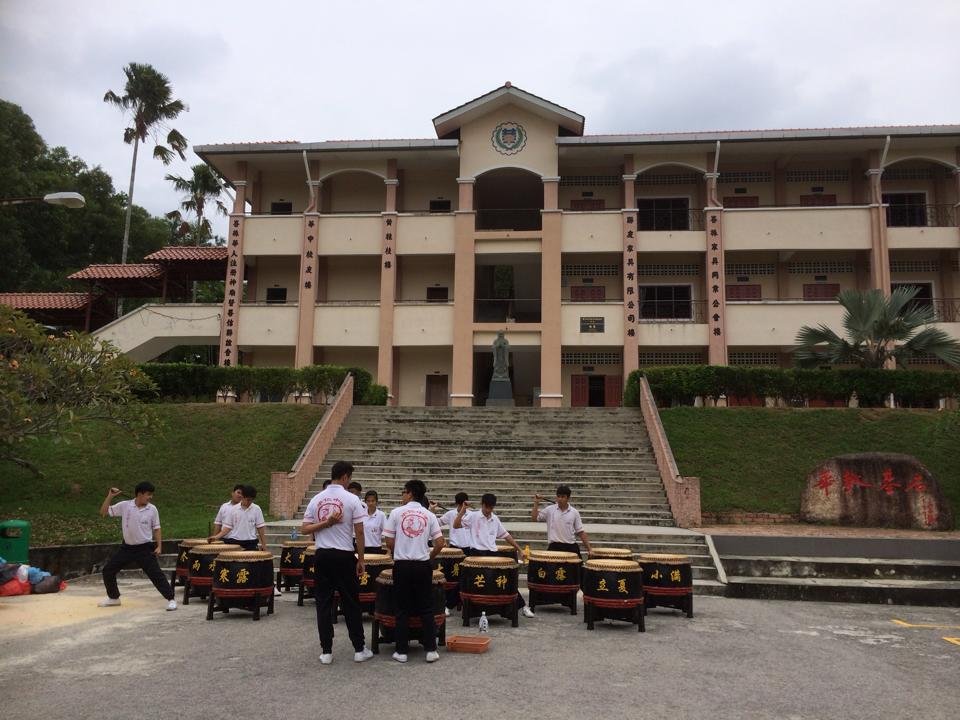Batu Pahat Connection : Chew Chai Pin 蒋才品 # 1253
0
Chew Chai Pin
(b. 11 November 1911 – d. 13 June 1941)
Among the 4,000 graves which will have to be exhumed to make way for the highway is that of Chew Chai Pin (# 1253)

The Grave of Chew Chai Pin ( photo credit : The Bukit Brown Documentation Project)
Chew Chai Pin was one of three founders of the Chinese High School in Batu Pahat. Unlike the other prominent Chinese men who contributed to the school, Chew was not well known then in the community. He held the concurrent position of director and teacher of the Ayer Hitam School. But he was soon to answer a higher calling.
On March 6, 1940, Chew went to China from Singapore to Yangon and China, to visit and give moral support to the Nanyang volunteer mechanics and drivers, as well as civilians and troops. The Nanyang Volunteers were recruited and trained from South East Asia, to transport war and logistic supplies through the notorious China-Burma highway to sustain China’s war effort against the invading Japanese. Chew represented Batu Pahat as part of a deputation comprising of representatives from the overseas Chinese communities of South East Asia.
But on March 29 1940, the vehicle he was in overturned and he sustained serious injury to his spinal cord. He was warded at a hospital at Xiaguan (Yunnan) while the rest of the deputation proceeded to their destinations. He was visited by none other than Tan Kah Kee, who was instrumental in galvanizing the support of the overseas Chinese in Nanyang (South East Asia) for the second Sino-Japanese War. Tan made arrangements to have Chew sent to Yangon for treatment as the doctors in Xiaguan were unable to heal him. Chew’s legs were numb and he could not walk for more than a year. Chew also received a letter of consolation from the Commander-in-Chief of the war and leader of the Kuomintang , Generalissimo Chiang Kai Shek.
On March 4th of 1941, a year after his accident, an arrangement was made for him be transported to Singapore for treatment. Just when many thought Chew would recover, he died in Singapore on June 13, 1941 at 0615 hours. It was said that his funeral in Singapore was attended by more than 400 people. He was hailed in both Singapore and Malaysia as a patriot who sacrificed his life for China.

An obituary in the Nanyang Siang Pau to the memory of Mr Chew Chai Pin proclaims: “He Died for his Country”
On his deathbed, he urged his compatriots to spare no effort for China’s salvation. He said:
“I am ashamed to have done nothing in service of my country. How can I die without doing anything for the motherland? I must do something for the nation when I come back in another life.” Chew Chai Pin.
Chew was just 30 years old when he died.
Tan Kah Kee wrote in his memoirs that when the deputation left Singapore by ship on the 6th of March, it was sent off by a crowd in high spirits. Only Chew’s mother and wife were weeping. Somebody observed to Tan, that the deputation would be away for only 3 months and it was an honour to be a delegate, so even though one could excuse Chew’s mother as she was of an older generation, his wife who was educated and a teacher was showing too much emotion. After seeing Chew in hospital six months after his accident, when he could not be cured by the doctors there, Tan Kah Kee remarked that it seemed the mother and wife had been prescient of what was to come at the point of parting.
Chew was born on 11/11/11 in the Hokkien Province, Tong An County, Au To village. He married in November 1937, and was childless at the time of his death. After he passed away, his parents adopted a son on his behalf.
postscript : Chew Chai Pin’s grave has been claimed.
***
Source: From the blog of 沈志堅’who is a teacher at Chinese High School in Batu Pahat. (Translated by Fabian Tee)
Additional information from the Memoirs of Tan Kah Kee



Comments